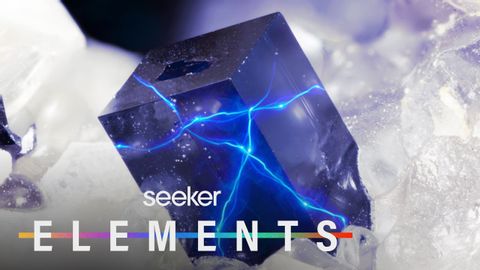晶體如何將任何表面變成太陽能電池板? (How Crystals Can Turn Any Surface Into a Solar Panel)
 沒有此條件下的單字
沒有此條件下的單字- adv.按照字面上地;(用于强调)确实地,真正地;幾乎
US /səbˈskraɪb/
・
UK /səb'skraɪb/
US /pəˈtɛnʃəl/
・
UK /pəˈtenʃl/
- adj.可能的;潛在的;潛在的
- n. (u.)潛力,潛能
- n. (c./u.)潛力;潛能;潛在候選人;勢
US /ɪnˈkrɛdəbəl/
・
UK /ɪnˈkredəbl/
- adj.難以置信;偉大的;令人難以置信的;難以置信的
